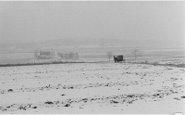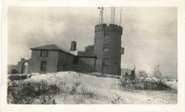State of the Cryosphere
Kevin Myatt of the Roanoke (VA) Times has an interesting on-line article about the state of the NHEMI cryosphere in today/s Weather Journal.
The Arctic Ocean is largely unfrozen as of mid-October and its ice pack is a shadow of itself from one year ago. Kevin describes how cold air masses will be slow to develop as much of the cooling will go into replenishing the ice sheet.
The Cryosphere Today from the Department of Atmospheric Sciences at the University of Illinois is a good resource for more information.































